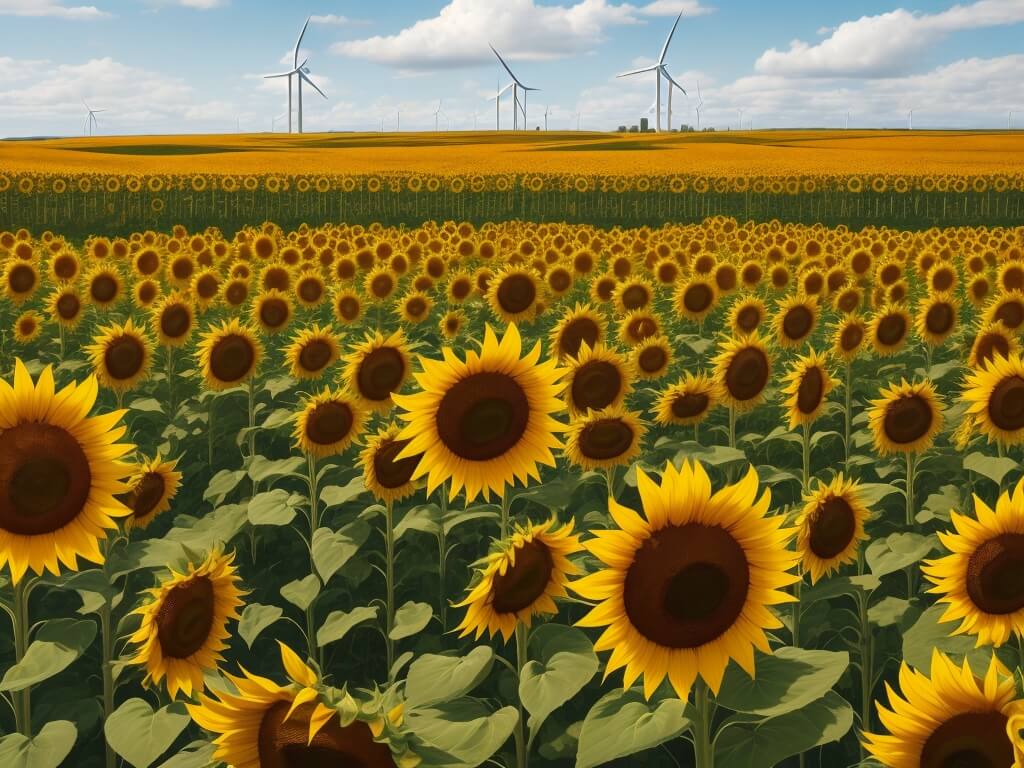
Maryna Denysiuk, a Senior Project Manager at the Reforms Delivery Office under the Cabinet of Ministers of Ukraine and an expert in energy and climate, sheds light on the challenges faced by Ukraine’s energy sector due to Russian attacks. Large thermal power plants, combined heat and power plants, and transmission system transformers have been particularly vulnerable to damage. To enhance the resilience of the power system amid constant shelling, the focus is on establishing a backup, autonomous, and decentralized energy supply, with an emphasis on renewable sources such as solar, wind, water, biomass, and biogas.
In the context of recovery, ensuring electricity supply to consumers, businesses, and critical infrastructure through small energy sources is crucial. The foundation for energy system decentralization lies in the construction of numerous small-generation and cogeneration facilities.
Simultaneously, the ongoing war is shaping the reform agenda, emphasizing the necessity to put the energy sector on a war footing by further developing renewable energy.
The reform momentum is already in motion, with the Ukrainian Parliament passing Law No. 3220-IX on the restoration and green transformation of the country’s energy system. This legislation introduces a system for issuing guarantees of origin for electricity from renewable sources, providing consumers with assurance regarding the green status of purchased electricity.
A market premium mechanism is also being implemented to stimulate renewable energy production, with auctions allocating support quotas and eligible producers receiving a market premium based on auction results.
Furthermore, the law enables renewable energy producers to leave the Guaranteed Buyer balancing group, fostering competition in the market. Producers and the Guaranteed Buyer gain the ability to export electricity under market terms.
The law introduces a net metering mechanism called Net Billing for households, allowing consumers to actively participate in the energy market by supplying surplus electricity and paying only for the difference between consumption and supply.
While these are significant steps, successful implementation requires the development of secondary legislation within six months of the law’s adoption and amendments to existing legislation.
Current progress includes the Ministry of Energy’s draft resolution on guarantees of origin, with expectations for adoption by the end of 2023. The State Targeted Economic Program and NEURC’s approval of licensing conditions for various activities in the electricity market are also in motion.
Despite being about 80% of the way there, additional steps are needed for the full realization of the law’s innovations. These include resolutions on power facility registers, market premium mechanisms, and procedures for the sale and metering of electricity.
Considering that 50% of generating capacities have been damaged and some are irreparable, the construction of shunting capacities, such as energy storage facilities and modern power plants, becomes crucial for a stable electricity supply.
Attracting investment is key to this endeavor, requiring adjustments to price caps, the introduction of long-term auctions for ancillary services, and addressing accumulated debts in the balancing market.
The introduction of a market-based renewable energy concept is highlighted, emphasizing the need for legal, organizational, and technical conditions to support sustainable development on a competitive market basis.
Tariff revisions by the end of 2023 are expected to cover 100% of services and partially repay debts, contributing to the overall goal of increasing the share of renewable energy sources in Ukraine’s energy balance.

